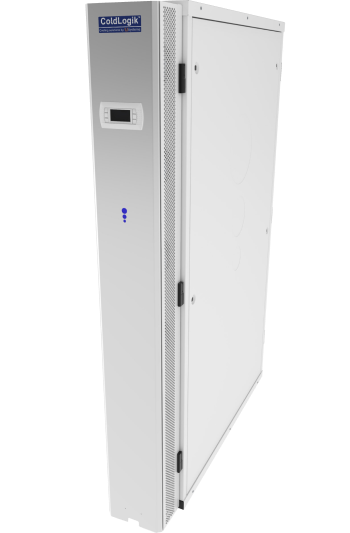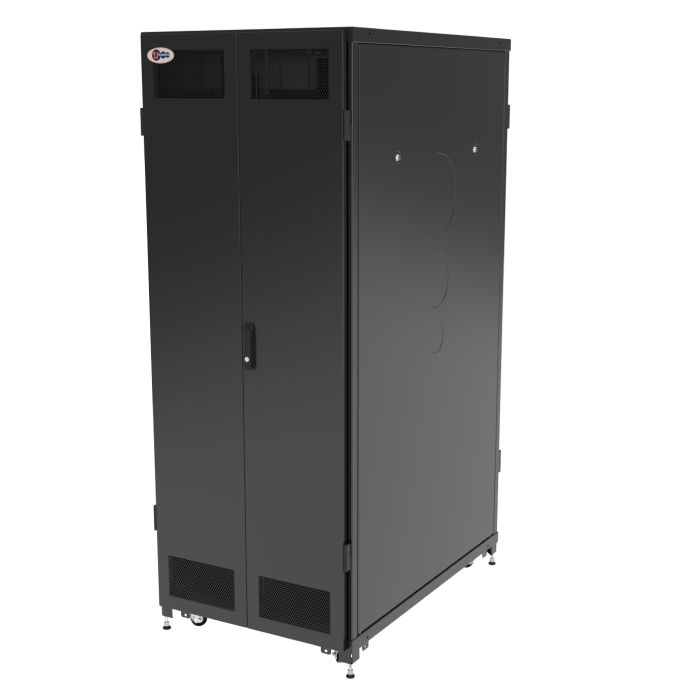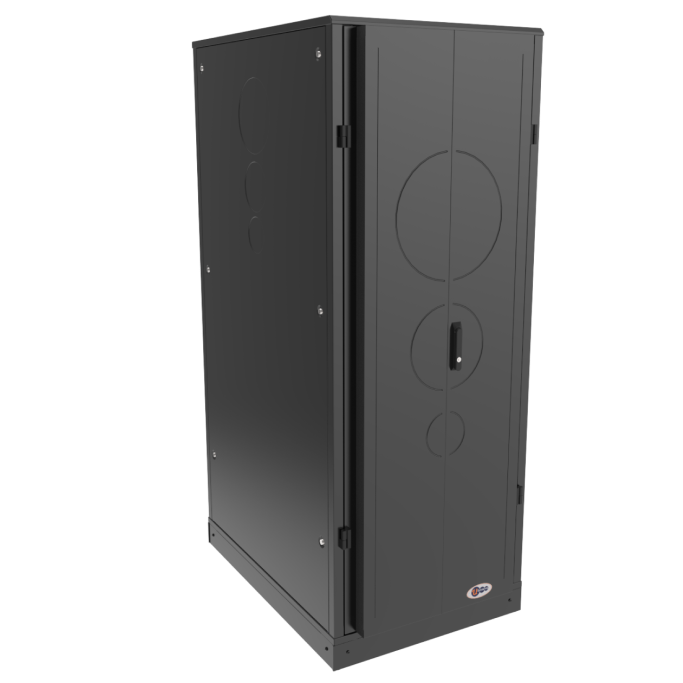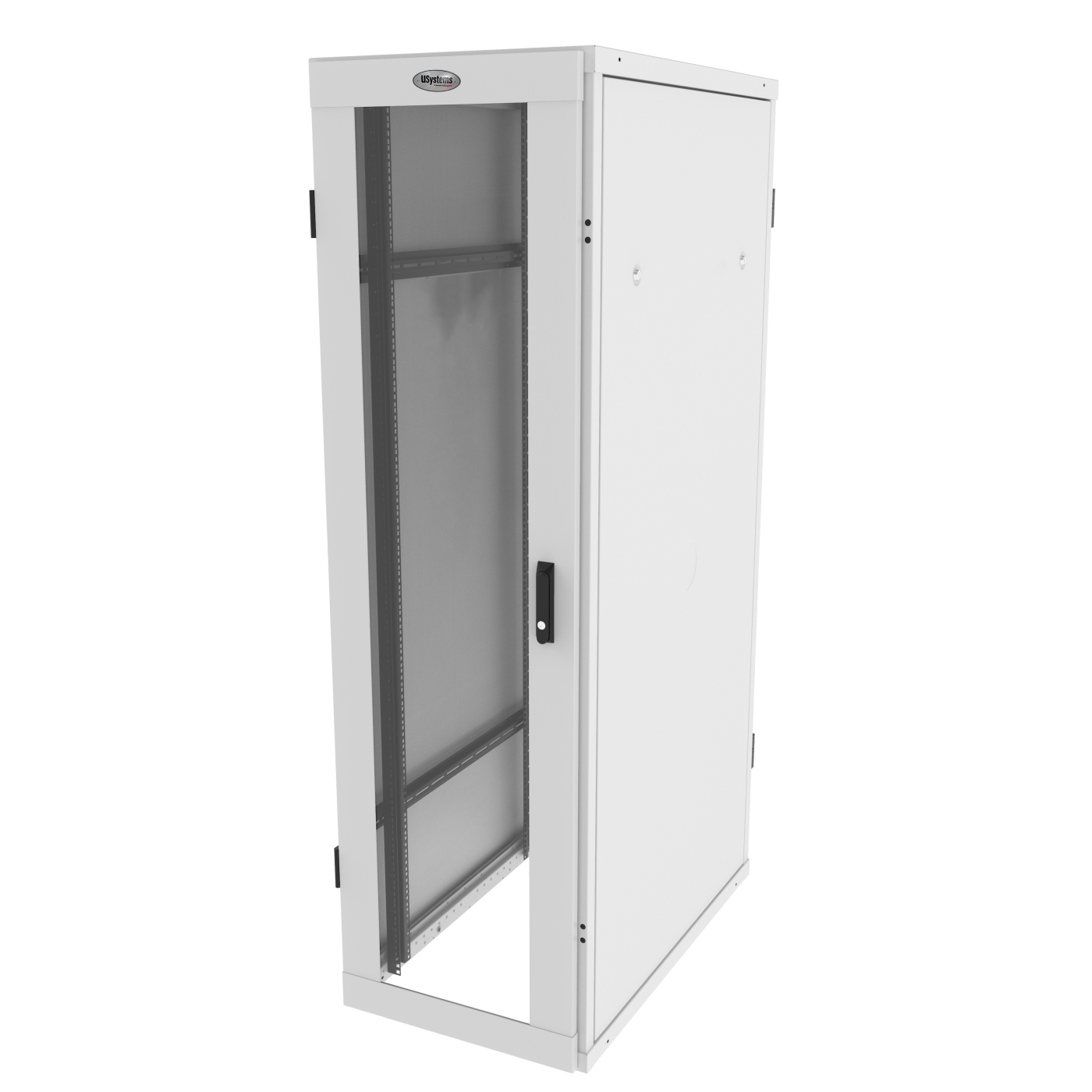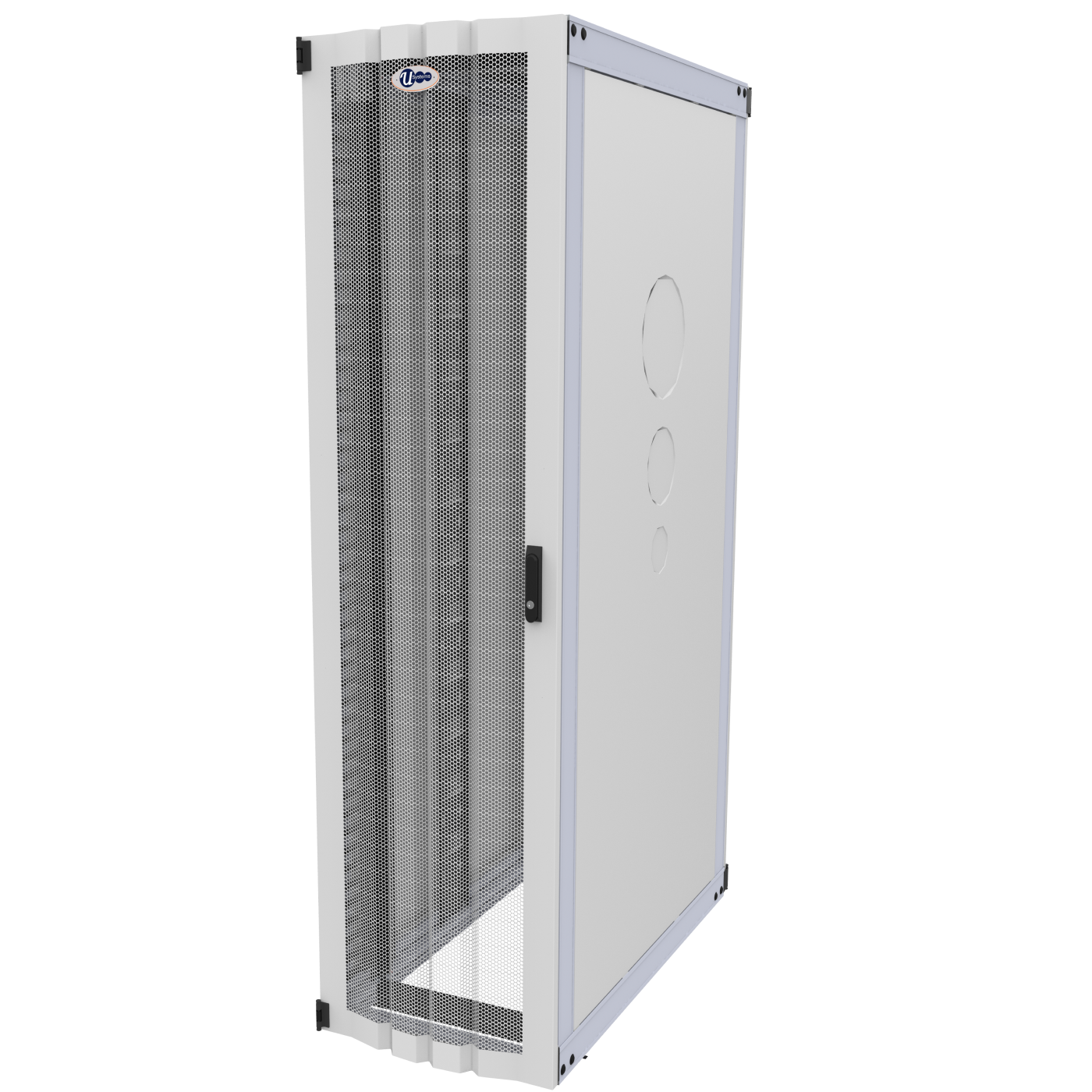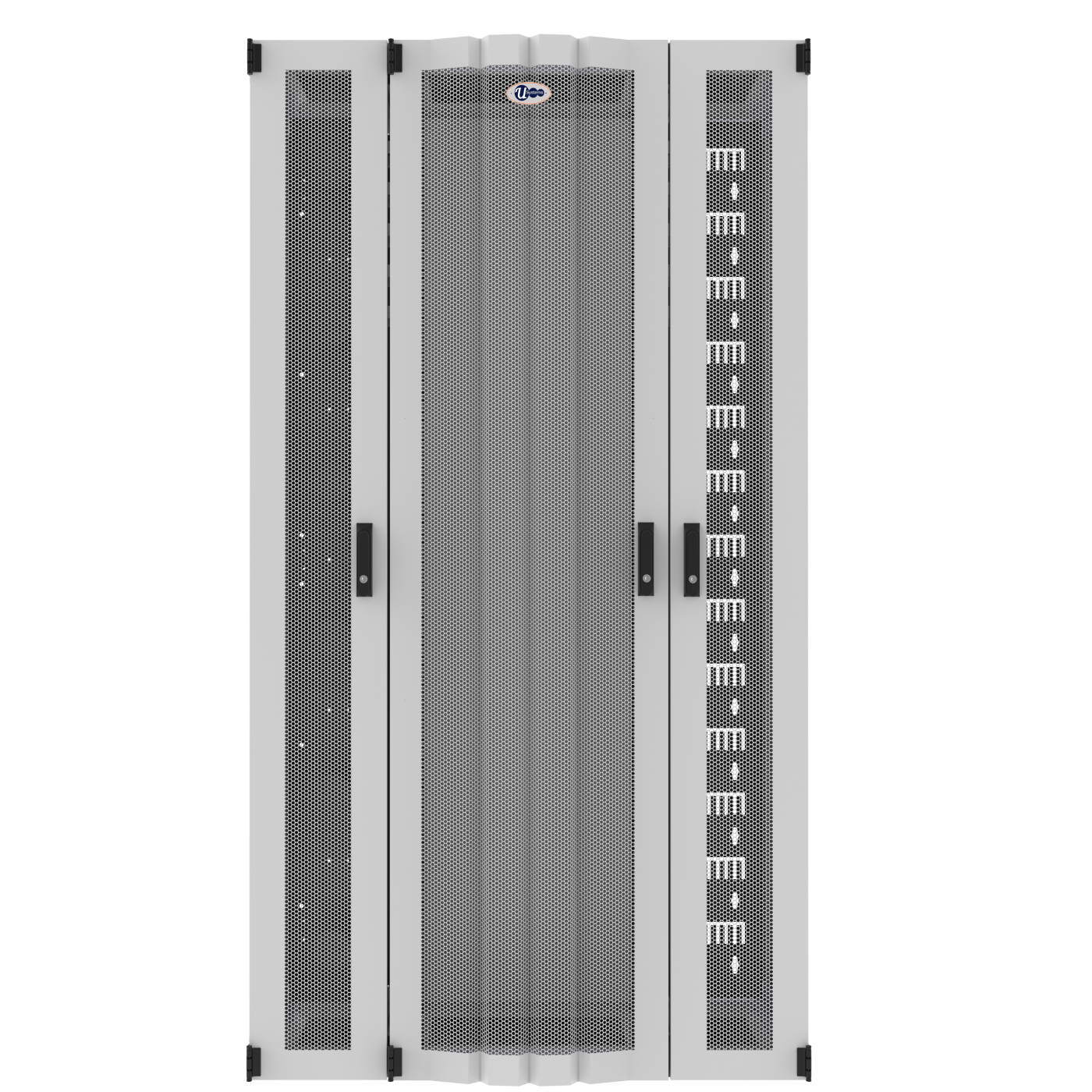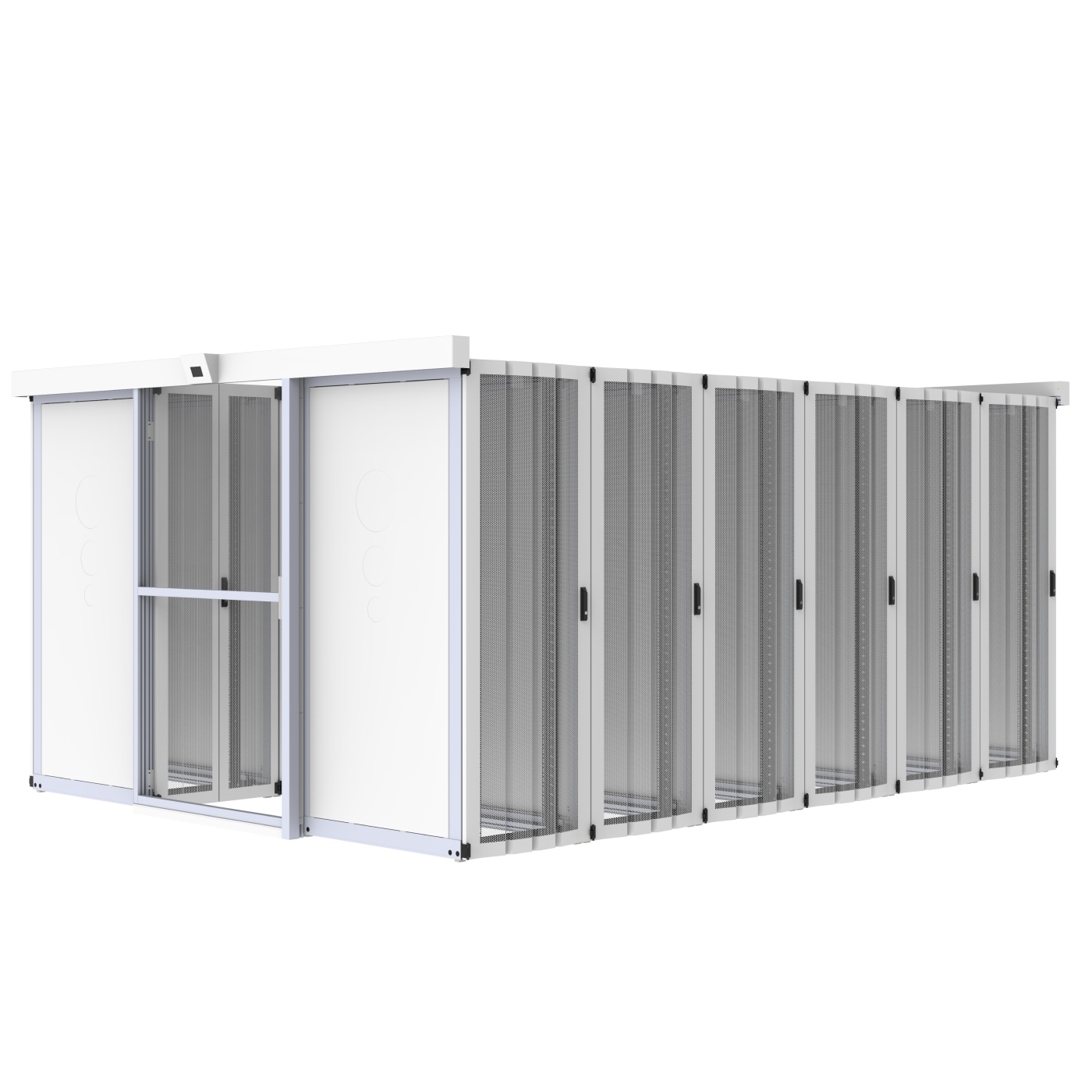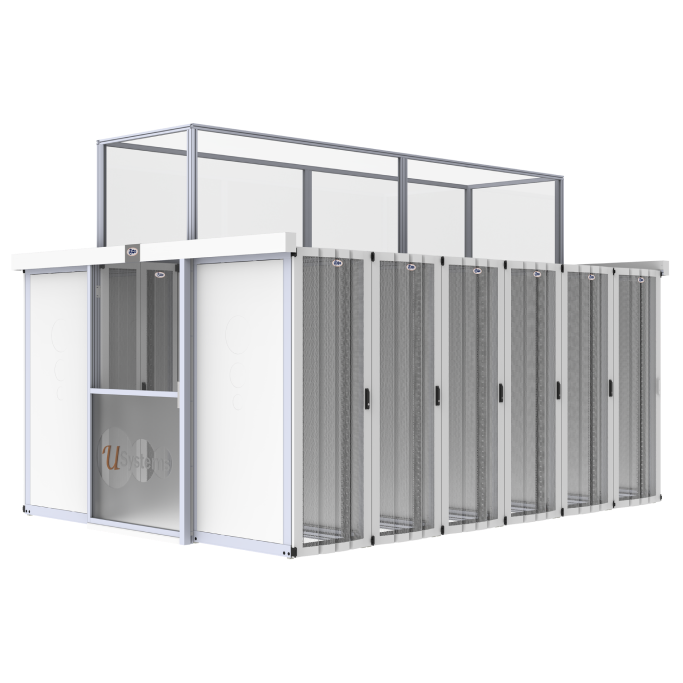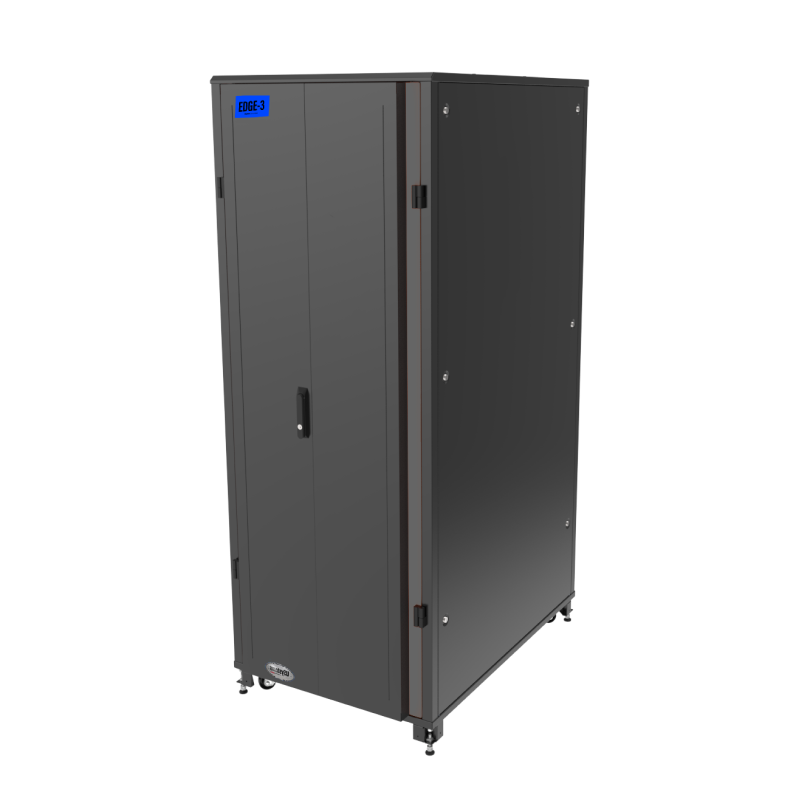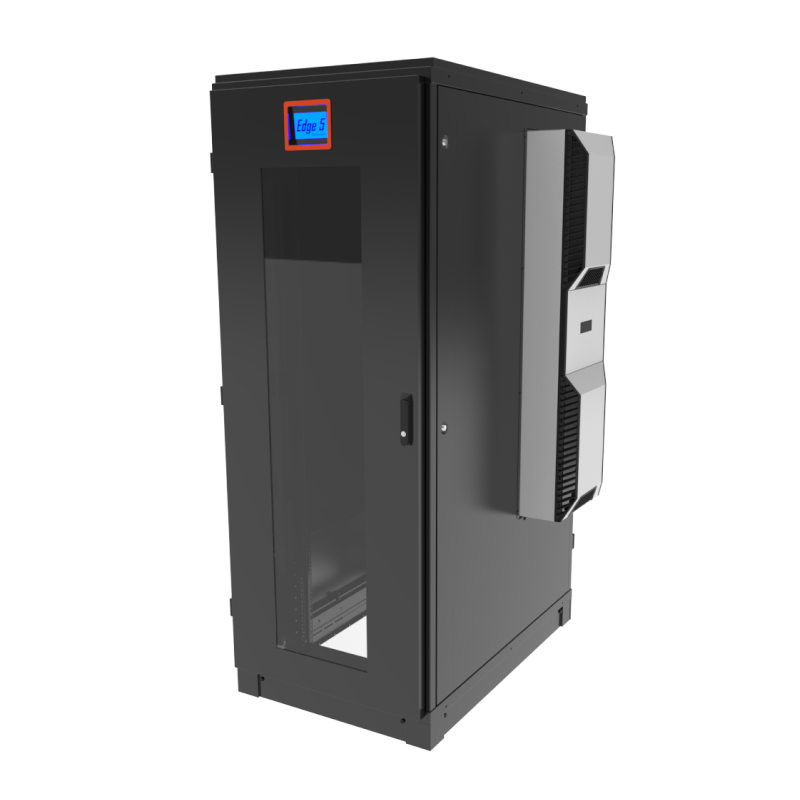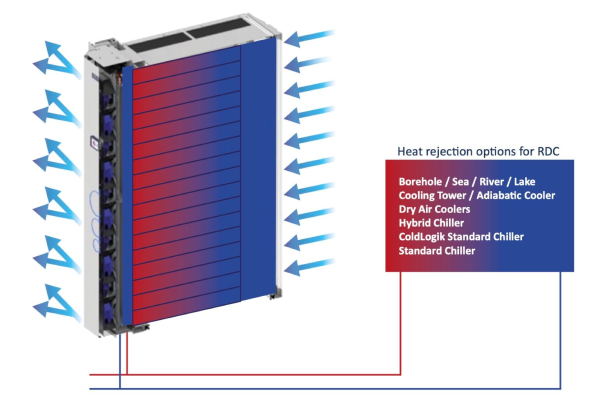What happens when you implement a ColdLogik Rear Door? In the graphs next to this you can see the marked difference between using a traditional cooling system, which is marked in yellow, and the ColdLogik cooling requirement, marked in grey. In the case of San Francisco and the Bay area its clear to see that by utilizing the traditional approach you would, on average, have a need for the adiabatic system all year round and you would also require mechanical assistance all year round in varying load. However, as most chillers have a minimum run of 25%, less free cooling could be available. By utilizing the ColdLogik door, on average, you would not need to use any additional water for 7 months of the year to provide adiabatic cooling, you would not require any mechanical assistance through the remaining 5 months either. Chillers would normally remain on site in order to provide redundancy on the rare occasions that a heat wave outside of the average occurs, however the chillers may not ever need to actually be run, causing an energy saving too.
ColdLogik Rear Door Coolers
CL21 Passive Rear Door Heat Exchanger
Product Description
The ColdLogik CL21 Smart Passive is designed to provide high performance cooling with Zero operational costs. The performance is entirely dependent on the active equipment inside the cabinet, and the available static pressure. At 14° C / 57.2°F Water inlet, the CL21 Smart Passive is able to supply up to 29kW of cooling. Ideal for a bdata centre targeting a highly sustainable operating structure.




